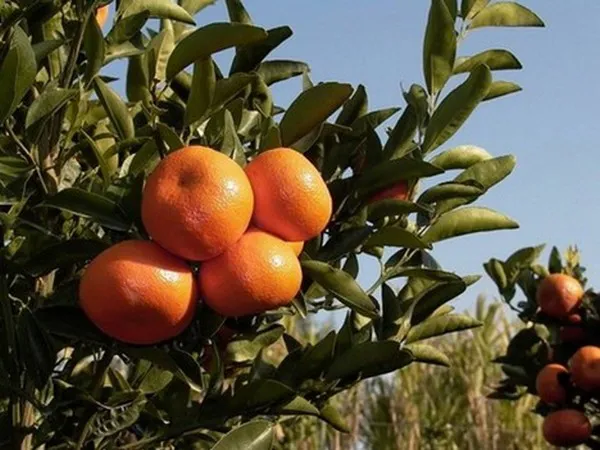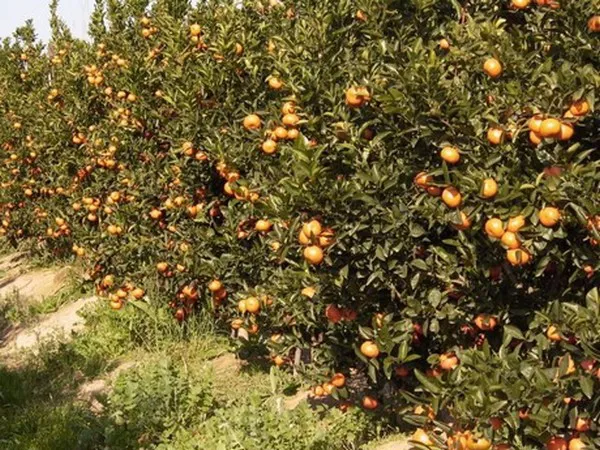There’s always a bit of uncertainty hanging over just when U.S. retailers will start the transition to imported soft citrus. “This year is no different,” says Mark Greenberg of Capespan North America.
California: The soft citrus (easy-peeler) market is still largely dominated by mandarins out of California. “We’re not yet seeing a large-scale retailer transition to imported sources. California mandarins largely continue to meet retailers' needs,” he says. Though this could come to an end with the weather heating up in the San Joaquin Valley, in which mandarin quality and condition will suffer.
California endured a wet winter which delayed the harvest of both mandarins and oranges and extended the season. It’s an entirely different picture from last year when California was out of the market fairly early.
Greenberg wonders what the impact will be on next season’s crop. “California has allowed a lot of fruit to hang longer than normal. I wonder if, with this protracted season, we will see a smaller crop next year and perhaps a later start,” he says.

Peru: Peruvian early mandarins and clementines have arrived in the U.S. but in lower volume than last season. The early crop in Peru has been hurt by unseasonal rains and hot autumn weather in the growing areas south of Lima. Greenberg notes that Peruvian shippers have increased their early focus on Europe and the UK.
“By this time last year, we had already seen heavy arrivals out of the Southern hemisphere--particularly Peru,” he says. “Early mandarins from Peru filled the gap created by California’s peculiarly early departure from the market.” So, when compared to last year, 2023 is exhibiting a late transition to early soft citrus. However, the timing this year is really not that extraordinary.
Chile: In 2022, Chile was experiencing drought conditions which affected its early clementines. With better water resources this season, Chile is expecting a rebound in its clementine exports.
Chilean clementines are in transit and will be available in the U.S. market from late May through early summer.
Meanwhile a freeze last May devastated Chile’s late-season mandarins. “This year we also expect to see a lot more late mandarins out of Chile with volumes returning to their pre-freeze levels. Those mandarins will hit the market in August and will continue to be available through the autumn,” says Greenberg.
South Africa: South Africa plans to ship 3 million cases of soft citrus into the U.S. this year--that’s up from 2.8 million cases last season. Greenberg says peak arrival weeks for South African soft citrus will be the first week of July through the last week of August with arrivals continuing through mid-October.
South African navels will begin to arrive in the U.S. in the second week of June in light volume. The first bulk-loaded vessel from South Africa to the U.S. east coast will carry easy-peelers and navels and will arrive in late June. Heavier volumes will follow after July 1st and through the rest of summer. Oranges for the U.S. market are expected through October.

The state of demand
California packers report that while citrus moved steadily through the winter, it did not move with the urgency of the past two seasons. “U.S. producers will tell you that the COVID love affair with citrus that heated up sales over the past two summers is waning,” says Greenberg. “We saw extraordinary demand for citrus in 2021 and 2022. This year with COVID becoming less of an issue, demand will also likely return to normal.”
As for imported citrus pricing, it will likely be similar to 2022’s prices. “There’s going to be more soft citrus in the market from Chile and South Africa, especially in August and onward, which could put some price pressure on. However, program prices remain similar to last season’s levels,” says Greenberg.
 For more information:
For more information:
Mark Greenberg
Capespan North America
Tel: +1 (514) 739 9181 Extension 102
markg@capespan-na.com
www.capespan.com
